This is our 15th pellet production line exported to Australia. This project is a wood straw pellet processing project. The customer uses wood and straw waste to process fuel pellets, and the final products will be sold in Australia. The project has a labor quota of 25 people. Production is carried out in two shifts, with one shift lasting 8 hours, and night production, with an annual working period of 300 days.

2020.03.23, the customer from Australia sent this inquiry to Richi Machinery:
"Hi,I'm interested in your product, I would like some more details.We are interested in complete wood pellet production lines including drying system, we are wanting to convert Australian hardwood from wood off cuts, wood chip and sawdust different types of wood sizes. Our moisture content would about 60+ and needs to be below 15% before it becomes a pellet. We also use straw as main material."
In 2021.01.21, this 4-5t/h customized wood pellet line project was signed. The customer of this project has just entered the biomass wood pellets industry. During the negotiation process, we learned that the customer had negotiated with 12 whole wood pellet production line manufacturers. RICHI was the last one to enter his list of cooperation, but eventually became the most trusted China biomass pellet production line manufacturer by customers. Customers choose RICHI for many reasons. In addition to the quality of RICHI's products and brand awareness in many regions, customers value our full consideration for him.
Name:
Biomass Wood Pellet Making Line
Country:
Australia
Date:
Expected in May 2021
Capacity:
4-5 T/H
Pellet Size:
6-10mm
The install period:
50 Days
Workshop size(L*W*H):
23M*26M*12M (L*W*H)
Guiding Price:
330,000 USD
The biomass straw wood pellet plant in Australia project uses the existing factory building for construction. The site is currently vacant and has no original structures. The land is industrial land. The project covers an area of 2,100 m2 and a construction area of 1,550 m2. It includes screening plants, drying plants, pellet plants, finished product warehouses, intermediate warehouses, etc., with an annual production of 2,000 tons of biomass pellets.
First, the client company levels the site and excavates the earth in the project area, then the earth and construction materials are stacked and transported in and out of the site, followed by road construction, house construction, and decoration, and finally put into operation. The biomass straw wood pellet plant in Australia project content is detailed in the table below:
| Project Category | Name | Project Content | Remarks |
| Main Project | Screening Plant | Used for raw material impurity screening | Newly Built |
| Drying Plant | Equipped with biomass hot air furnace and drum dryer to dry the crushed raw materials | Newly Built | |
| Pellet Plant | Equipped with biomass pellet machine to extrude and pelletize the dried raw materials, producing 20,000 tons of biomass pellets annually | Newly Built | |
| Drying Site | Used for drying the crushed raw materials to reduce the moisture content of the raw materials to 20% | Newly Built | |
| Storage and transportation engineering | Raw material yard | With rain shelter, used for storing wood ear mushroom materials and corn stalks | Newly built |
| Intermediate warehouse | Used for storing crushed materials | Newly built | |
| Finished product warehouse | Used for storing finished products | Newly built | |
| Auxiliary engineering | Office | Building area 100m2 | Newly built |
| Public works | Power supply | Supplied by local power grid | Relying on existing |
| Water supply | Supplied by local water supply network | Relying on existing | |
| Heating | A 0.5t/h biomass boiler is installed for winter heating; the drying process of the production process uses a biomass hot air furnace to provide hot air | Newly built | |
| Environmental protection project | Wastewater treatment | Boiler wastewater is used for sprinkling water in the workshop to reduce dust, and is not discharged outside | New construction |
| Waste gas treatment | Boiler flue gas is treated by bag filter and discharged through a 20m chimney; the waste gas from the drying process is treated by bag filter and discharged through a 15m exhaust pipe; the dust from the crushing process and the screening process is treated by a gas collection hood + bag filter and discharged through a 15m exhaust pipe respectively; the waste gas from the granulator is treated by its own bag and discharged in an unorganized manner; the unorganized dust in the factory is collected Equipment sealing, water sprinkling to reduce dust, etc. | New Construction | |
| Solid waste treatment | Employees' domestic waste is entrusted to the sanitation department for disposal; waste plastic film is sent to the waste recycling station for recycling; boiler and hot blast furnace ash and smoke residue are collected in bags as inorganic fertilizer for fertilizing surrounding farmland; industrial dust residue is collected and reused as raw materials in production | New Construction | |
| Noise treatment | Foundation vibration reduction, sound insulation, noise reduction, etc. | New Construction |
The main equipment of the biomass straw wood pellet plant in Australia project is shown in the table:
| Serial number | Name | Model | Quantity |
| 1 | Drum separation screen | 1200 type | 1 |
| 2 | Drum dryer | 18000×2200 | 1 |
| 3 | Biomass hot air furnace | 1 | |
| 4 | Biomass pellet machine | MZLH520 type | 2 |
| 5 | Conveyor | 8000×600 | 4 |
| 6 | Conveyor | 11000×600 | 1 |
| 7 | Biomass Boiler | 0.5t/h | 1 |
| 8 | Bag Dust Collector | 3 | |
| 9 | Gas Collector Hood | 2 |
Besides, the electric circuit of this 4 tons per hour wood sawdust pellet production line strictly obeyed Australia/New Zealand electric standard. The wood pellet making plant was also equipped with emergency stop system and independent power switch for every single piece of wood pellet processing equipment to assure operating safety.
The main raw materials of the project are sawdust, wood chips and corn stalks. The two raw materials are produced separately and not mixed. The product plan is shown in the table below:
| Serial number | Product name | Annual production volume | Remarks |
| 1 | Biomass pellets | 20,000t | Moisture content 8%, bagged |
| Among them | Sawdust and wood chips as raw materials | 13,000t/a | / |
| Straw as raw materials | 7,000t/a | / |
| Fuel Properties | Values |
| Total Water | 6% |
| Moisture on Air Dry Basis | 1.22% |
| Ash on Air Dry Basis | 3.62% |
| Volatile Matter on Air Dry Basis | 78.18% |
| Sulfur on Air Dry Basis | 0 .07% |
| As-received low calorific value | 16.7MJ/kg |
| Air-dried carbon | 43.64% |
| Air-dried hydrogen | 6.08% |
| Air-dried nitrogen | 1.24% |
| Fixed carbon | 16.98% |
| Fuel Properties | Values |
| Total Water | 11.70% |
| Moisture on Air Dry Basis | 0.96% |
| Ash on Air Dry Basis | 1.52% |
| Volatile Matter on Air Dry Basis | 78.64% |
| Sulfur on Air Dry Basis | 0.07% |
| As-received low calorific value | 16.24MJ/kg |
| Air-dried carbon | 45.66% |
| Air-dried hydrogen | 6.32% |
| Air-dried nitrogen | 1.88% |
| Fixed carbon | 18.88% |
The raw and auxiliary materials consumption of this biomass straw wood pellet plant in Australia project is shown in the table below.
| Serial number | Name | Amount | Remarks |
| 1 | Sawdust and wood chips | 32236.90t/a | Moisture content 60% |
| 2 | Corn straw | 10948t/a | Moisture content 40% |
| 3 | Biomass pellet fuel | 420t/a | Self-production and self-use, biomass hot air furnace consumption 400t/a, biomass hot water boiler consumption 20t/a |
| 4 | Packaging bags | 400,000/a | Specification: 50kg/bag |
| 5 | Water | 533.16t/a | / |
| 6 | Electricity | 50,000kW·h/a | / |
The site of this biomass straw wood pellet plant in Australia project has a flat terrain. The raw material yard, drying yard, intermediate warehouse, screening workshop, drying workshop, granulation workshop, and finished product warehouse of the production project are arranged sequentially in the factory area, so that the process of "raw materials entering the factory - raw materials storage - production - finished product storage" can be operated in a flow-line manner.
The living area is located in the northwest corner of the project. The dominant wind direction of the project location is southwest wind all year round. The project production area is located in the lower wind direction of the living area. The dust and exhaust gas in the project production area have little impact on the living area.
In addition, in order to beautify and improve the factory environment, the factory selects local dust-resistant varieties and selects ornamental tree species in key areas. The living area and production area of the factory are greened to improve the production and living environment of employees and the external image of the factory, and create a modern factory atmosphere.
Australia's bioenergy industry remains active and full of ideas about how to keep up with the international pace. The prospects for developing a biomass wood straw pellet production line in Australia are generally positive.
Although Australia's bioenergy industry started late, with the global emphasis on environmental protection and sustainable development, biomass pellets, as a renewable energy source, are increasing in demand and market potential. The Australian government and relevant departments are also gradually introducing relevant policies to support the development of biomass energy.
In general, the prospects for Australia to develop biomass pellet production lines are broad, but it requires the joint efforts of the government and enterprises to formulate reasonable policies and strategies to make full use of this sustainable development resource.
Having the right mix of reliable, high-quality pellet machine and pelletizing systems and expert support is essential to your success. Watch how our end-to-end feed pellet plant solutions have helped our customers optimize their performance.
Our customized and future-proofed turnkey pellet plant solutions is designed with you at the core. From vision to reality and beyond, our team stays connected with yours. Giving you peace-of-mind with an expert at your side.
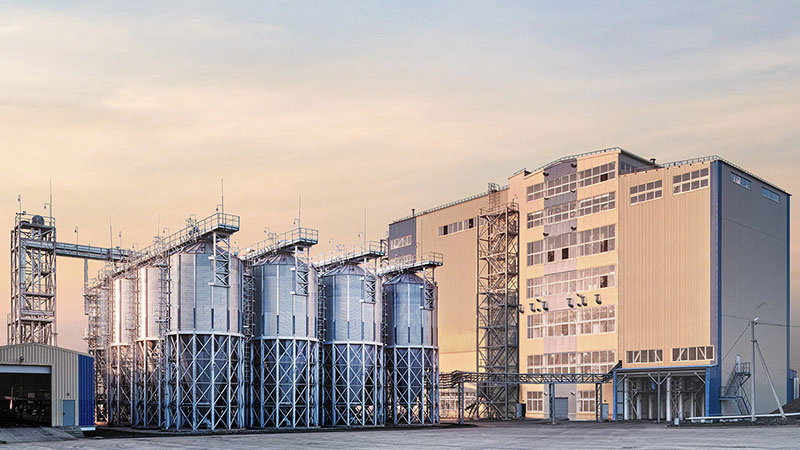
At RICHI, we go beyond project completion. With RICHI Servicee, we’re your dedicated partners in success. Count on us for expert guidance, minimal downtime, and optimized productivity. Choose RICHI for unmatched service and support.
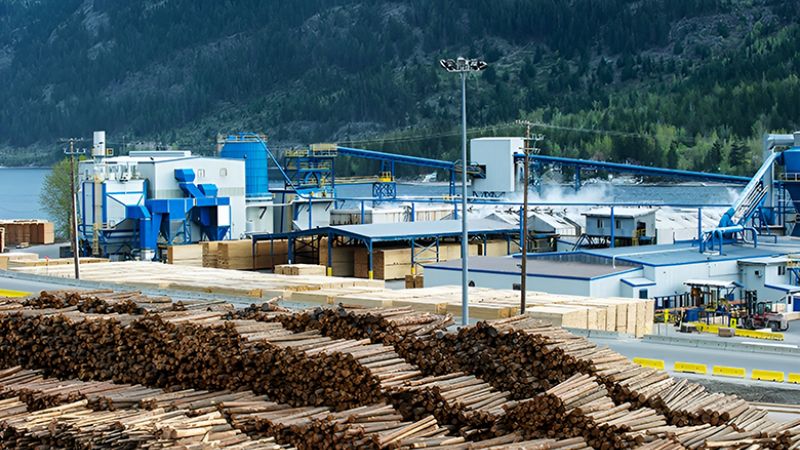
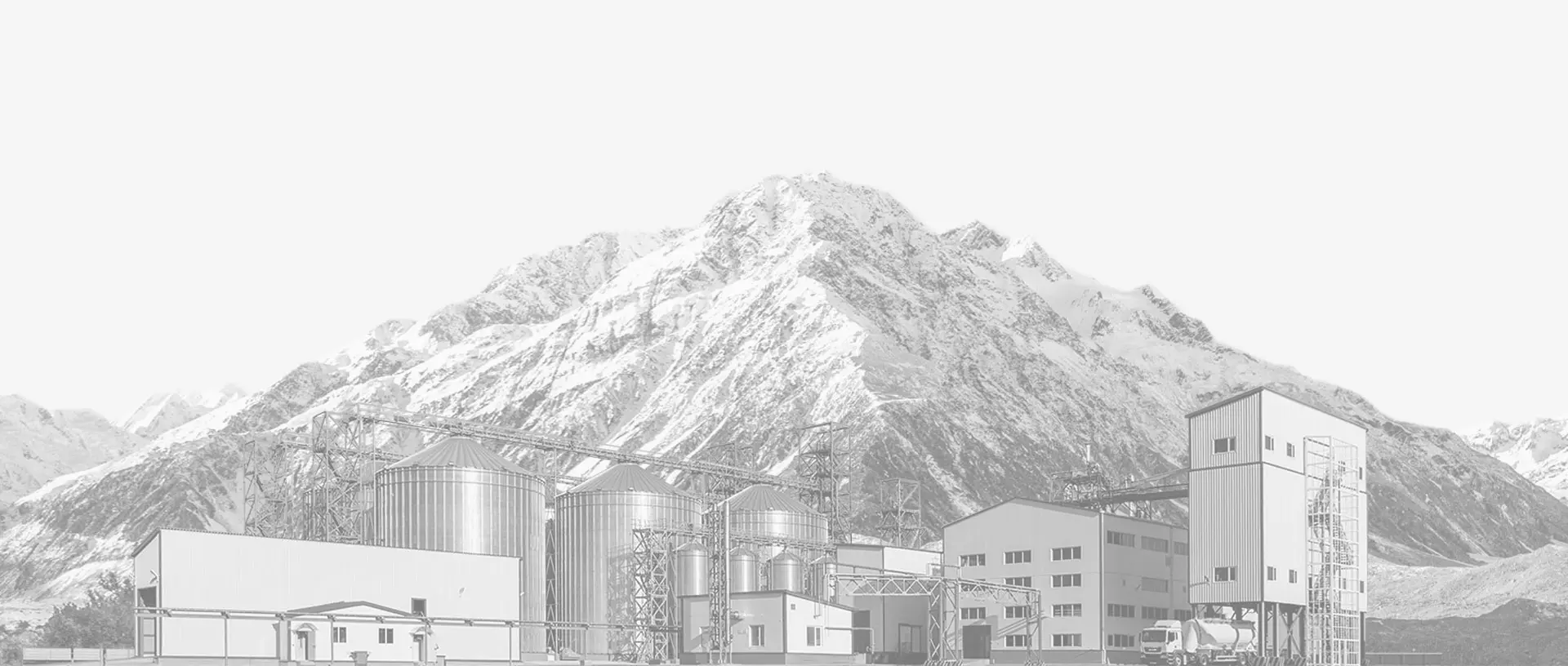

Meet global product demands and quality standards with industry-leading pellet plant design, engineering, equipment, and construction services for pellet processors.
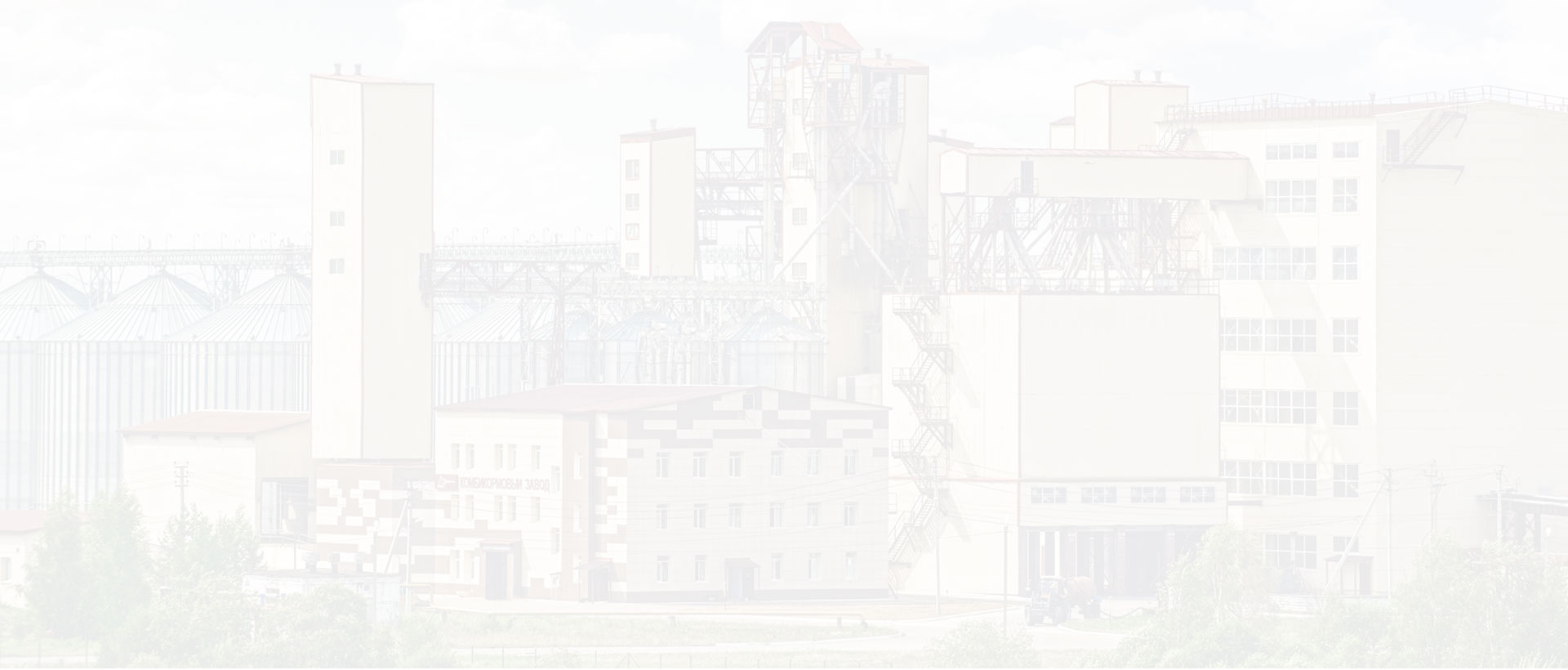

Your Partner Beyond Project Completion
2000+ cases
RICHI is the leading designer, manufacturer and builder of pellet plants in the world, completing over 2000 projects in 140 countries across 6 continents.
Read More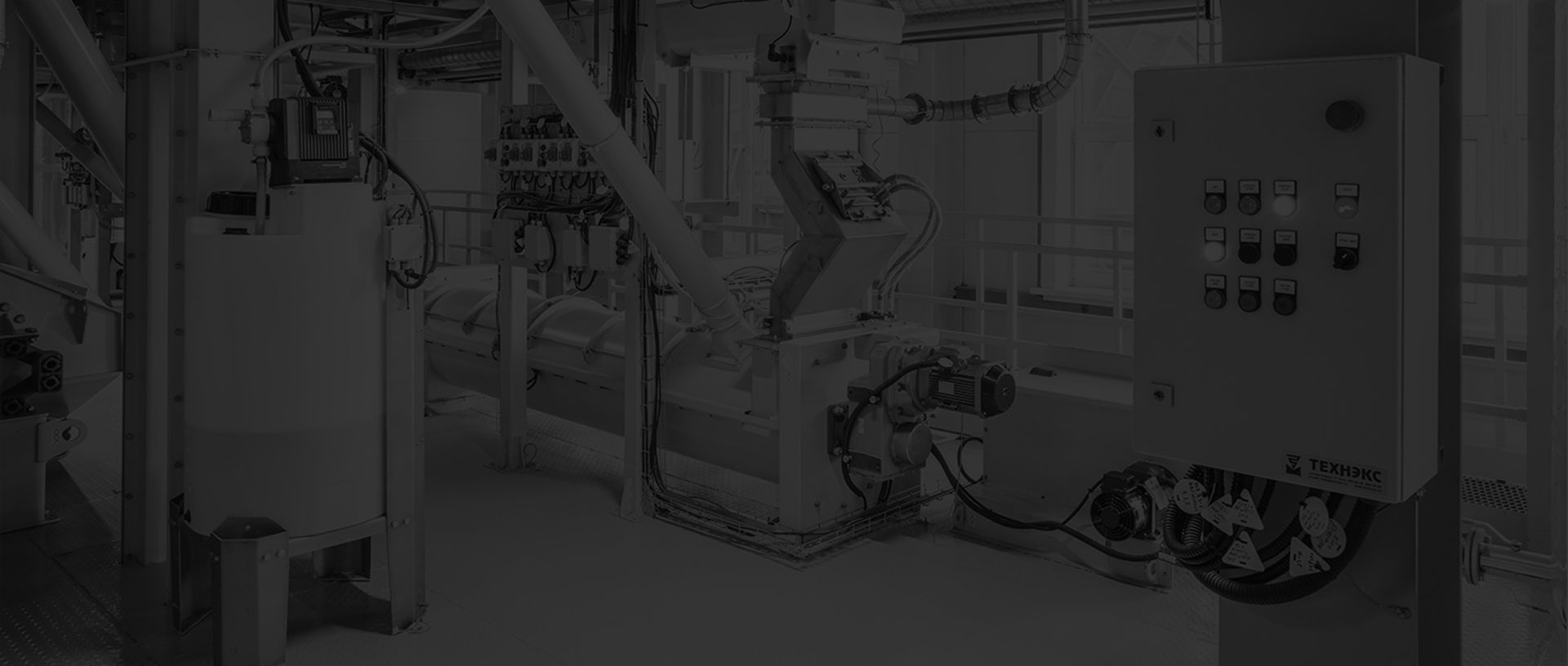
Increase plant productivity, profitability, and safety by integrating high quality equipment into your pellet production line. Over the years, RICHI has become China's top pellet equipment manufacturer. At the same time, RICHI has established valuable partnerships with the world's leading component and raw material manufacturers to bring you the best there is in technology, automation, and efficiency in pelleting plant machinery.

For nearly 30 years, RICHI has been providing best-in-class pellet plant equipment and services to clients across a variety of industries, sizes, and needs. We pride ourselves on the knowledge and skill that each team member possesses – from our technical sales team to our process design engineers. You can count on RICHI Machinery to take your operation to the next level of innovation, quality, and success.
Need help with your pellet manufacturing plant project? Contact us today.
ANIMAL FEED
BIOMASS
WOOD
ORGANIC FERTILIZER
AQUA FEED
CAT LITTER
MUNICIPAL WASTE RECYCLING
SPECIAL PELLET PRODUCTION
RICHI Machinery continues to deliver world class pellet mill equipment, pellet plant engineering and project solutions that add value to our customers in the animal feed, wood waste, agriculture waste, organic fertilizer, cat litter and special pellet products industries. Throughout the years, we RICHI Machinery have built strong brand, becoming industry-leading pellet machine manufacturer. We value integrity, promise quality, and prioritize your success.
Learn MoreWith our expert team, we precisely implement your process engineering requirements in pellet mill and pelletizing plant systems. No matter which industry you’re in – we understand your needs and deliver solutions that meet the highest standards.
At RICHI, quality comes first. Our pellet making machine and related pellet line equipment undergo rigorous quality controls to ensure they meet the highest standards. Rely on products that are durable, safe, and efficient.
With decades of experience in pellet machine and pellet production line production, we have earned a reputation as a trusted partner in various industries. Our expertise allows us to cover a wide range of applications.
Not only do we offer premium pelleting equipment, but we are also experts at designing, building, installing, and maintaining facilities from the ground up. Our expertise is within pellt plant process design, discovering the most efficient, productive, and profitable way to handle your materials in an end-to-end cycle.

Keeping in touch with us is an effective way to solve all your problems. If you have any needs or questions, please leave your contact information, then RICHI technical consultants will send design, quotation, videos to your mailbox. You can also contact us directly via WhatsApp: +86 13838389622
Copyright©2015-2024 by HENAN RICHI MACHINERY CO., LTD. All rights reserved.